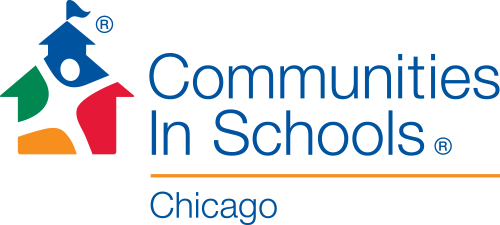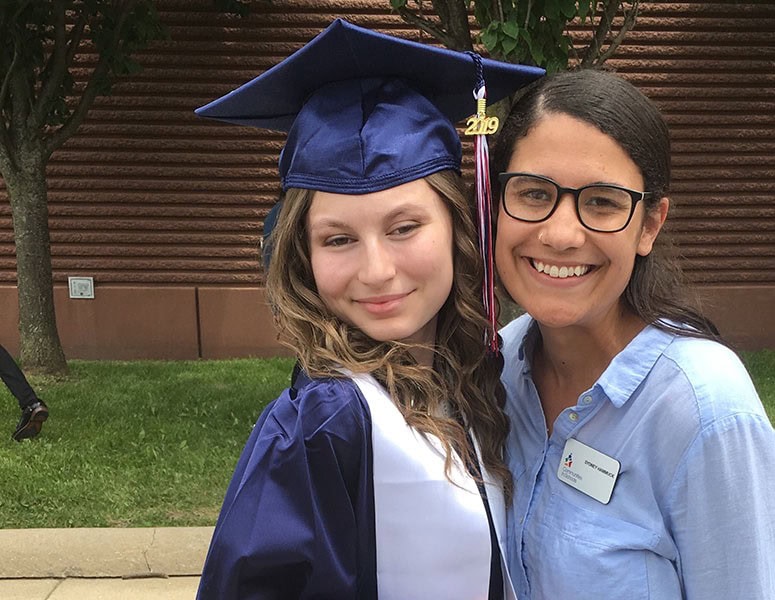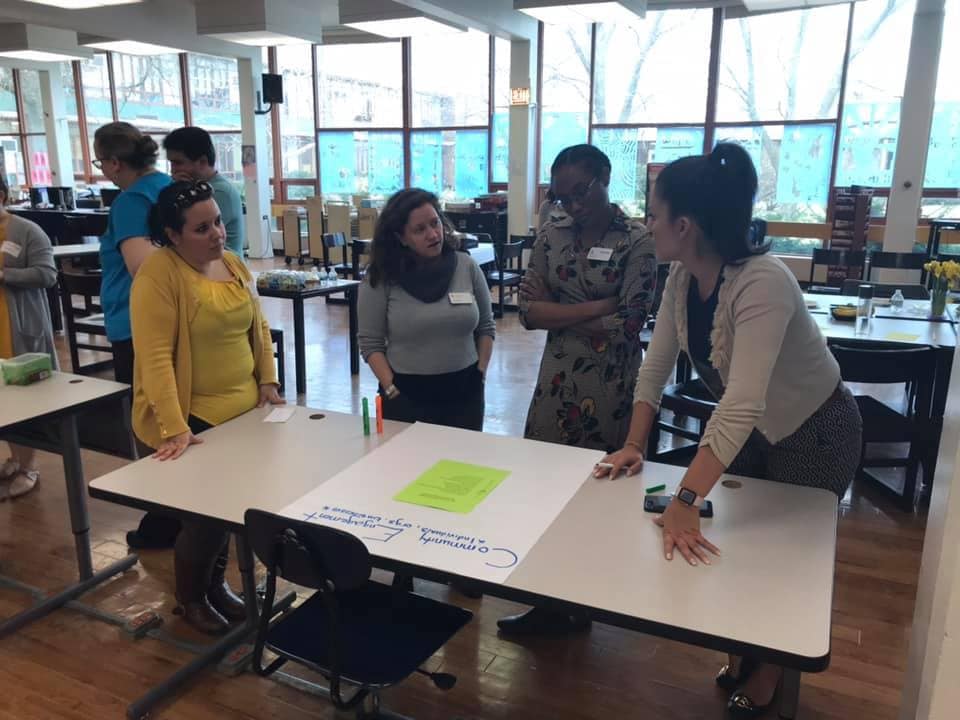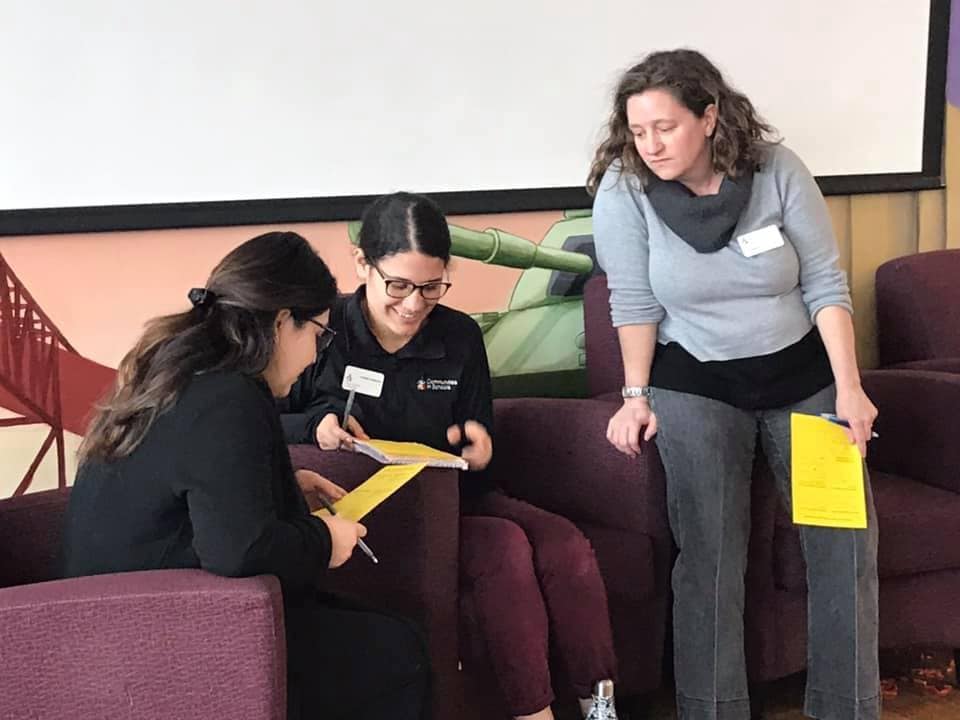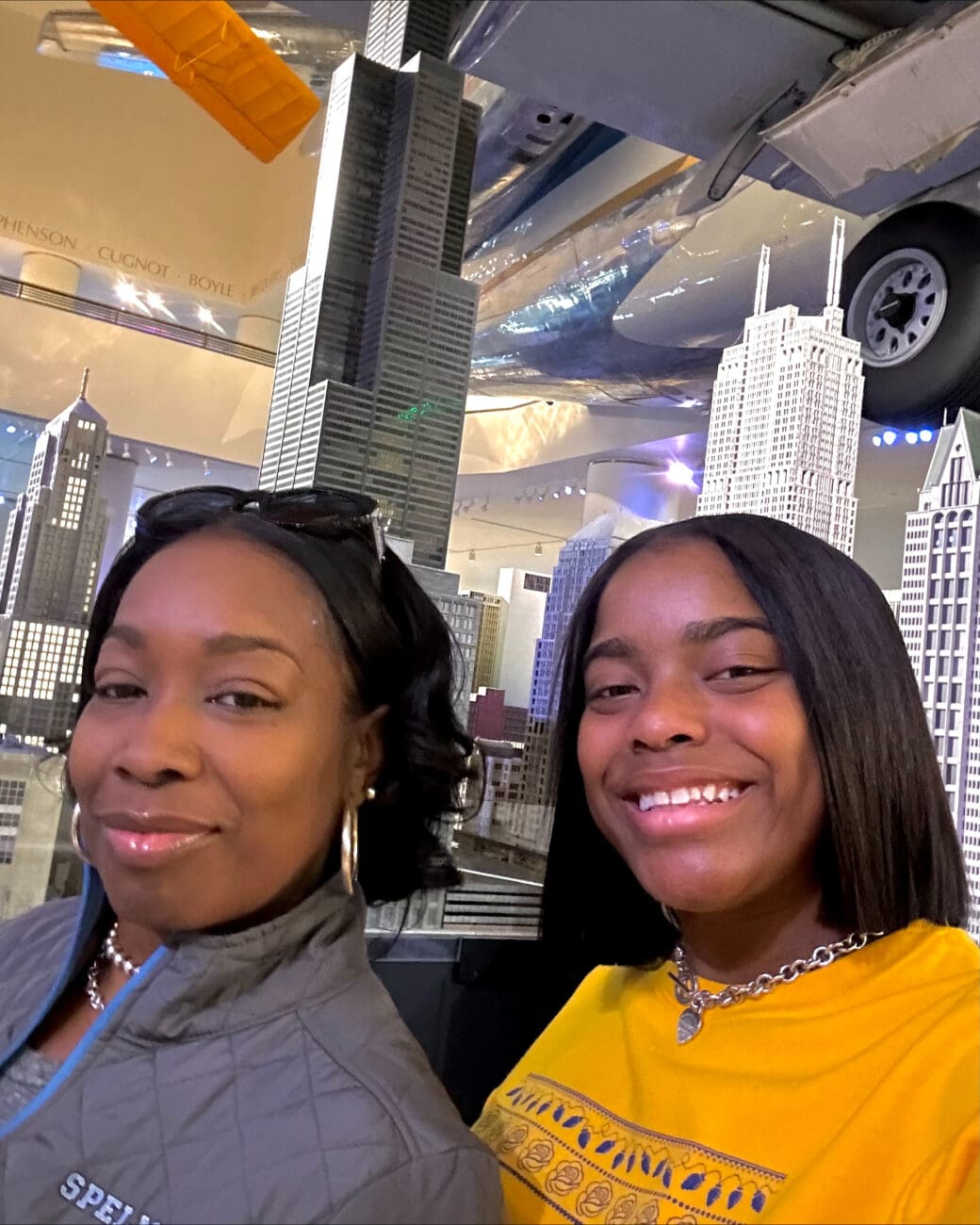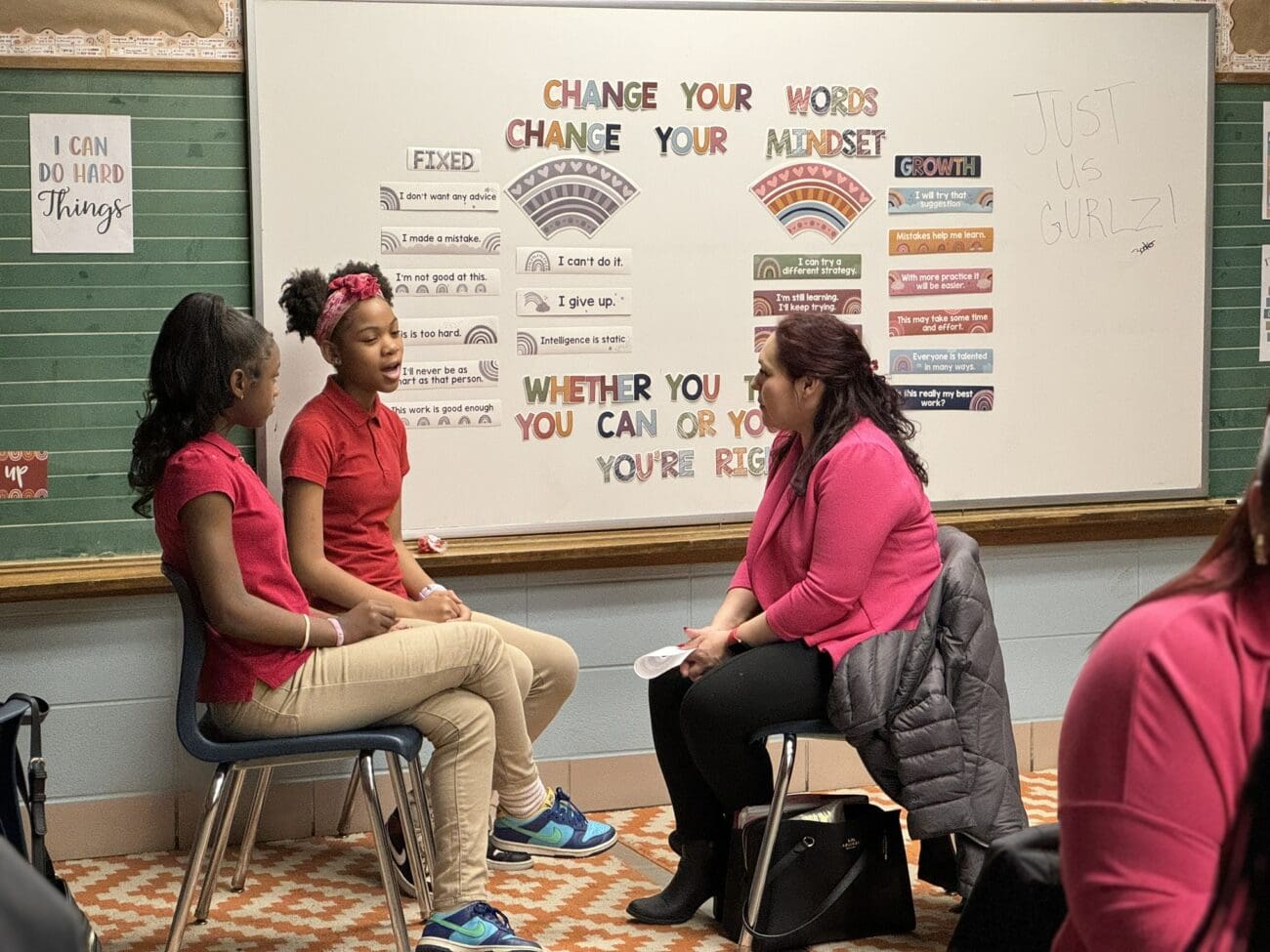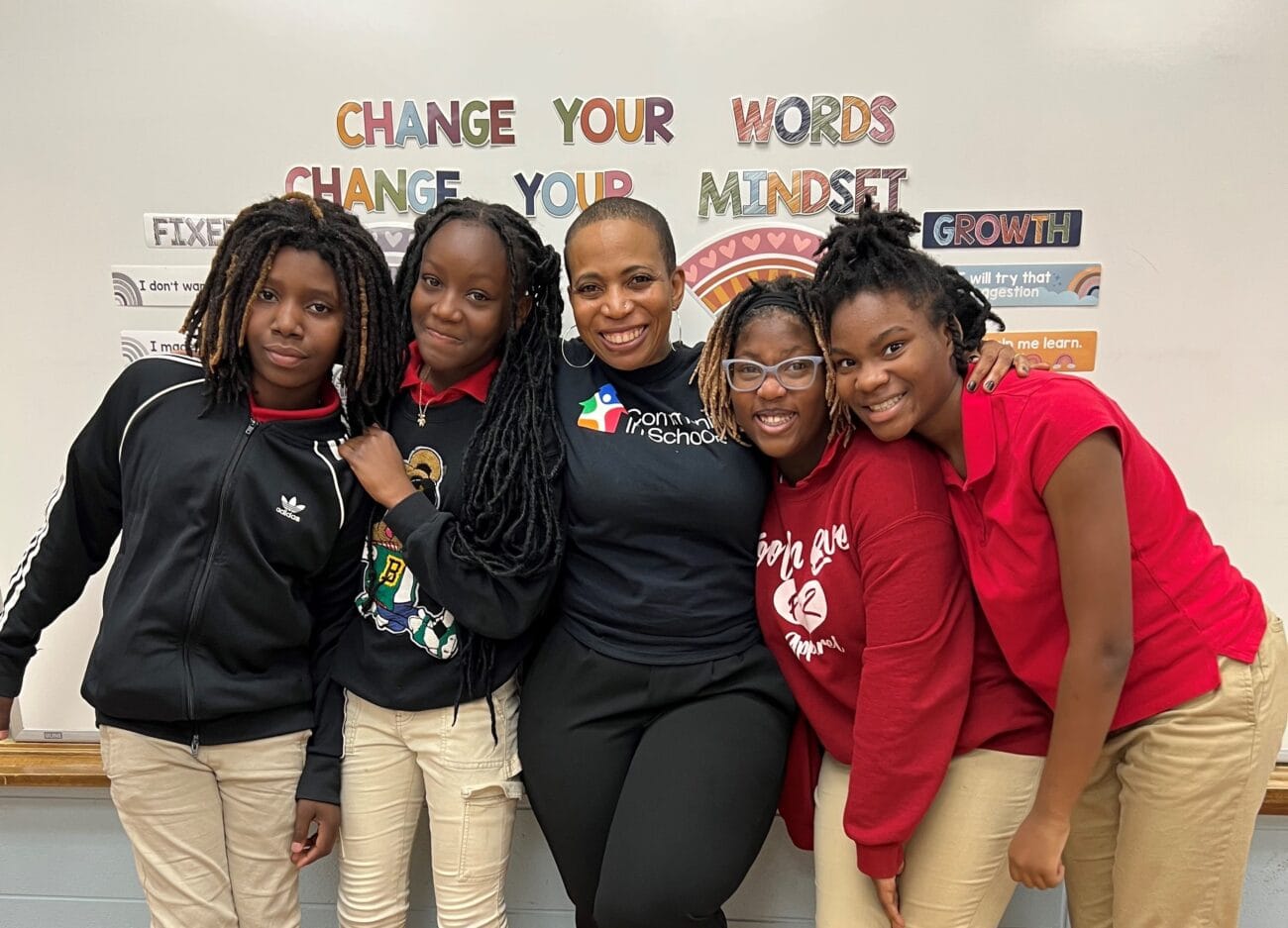Chicago’s Southeast Side may seem far away from the rest of the city.
In some ways, the Southeast Side feels like an island. Its eastern border is the Indiana state line. It’s hemmed in toward the south by Wolf and Powderhorn lakes. The Calumet River cuts off access to the west — with only drawbridges at 100th and 106th streets that sometimes go out of service connecting it to the rest of the city.
Downtown Gary, Indiana is closer than downtown Chicago. Small wonder that much of the Southeast Side is sometimes referred to as part of “The Forgotten 10th Ward” aldermanic district.
But the Southeast Side is also known for being a close-knit community. It’s often compared to a small Midwestern industrial city — a Youngstown Ohio; a Flint, Michigan — rather than a Chicago neighborhood. In keeping with that intimate character, the Southeast Side bucks an accelerating trend in Chicago public education.
Two years ago, DNAinfo reported that less than 25 percent of Chicago students attended their neighborhood high schools — and at some high schools, fewer than 4 percent of students attended the schools closest to where they live. Many opted instead for charter schools, selective-enrollment, or private schools. In West Town, for example, Wells High School had a neighborhood enrollment of just 7.1 percent as of 2017, DNAinfo reported.
But the story is just the opposite on the Southeast Side.
George Washington High School, at 114th Street and Avenue L in the East Side community area, enrolled 1,380 students in the 2018–2019 school year. DNAinfo reported that the school had a neighborhood enrollment rate of 61 percent as of 2017. DNAinfo reported that as of 2017, John L. Marsh Elementary School saw 94 percent of its eighth-grade graduates go on to attend George Washington High School.
Washington’s eight K-8 feeder elementary schools — Jane Addams, Henry Clay, Matthew Gallistel, Virgil Grissom, George Washington Elementary, Marsh, Southeast Area, and Douglas Taylor — are all Communities In Schools of Chicago partners . For partner schools, CIS of Chicago connects essential programs and services to schools. Clay and Marsh — as well as George Washington High School itself — are part of CIS of Chicago’s Intensive Program. The program places Master’s level CIS Students Supports Managers on the ground four days a week to do two main things: provide ongoing support to 50 students off track in their attendance, behavior and/or grades and at risk of dropping out; and coordinate an array of support programs and services through community partners for all students.
Despite the Southeast Side’s many assets, residents there say more work must be done to strengthen the cohesion of local public schools. Through our school and community partner programs, CIS of Chicago is working to help make that happen.
In late March, CIS of Chicago hosted school partner representatives at George Washington High School for a discussion on how to better unite the schools and strengthen the already-tight community’s bonds.
During the meeting, Southeast Side stakeholders affirmed that, their community shares strong traditions, culture, and a common sense of home.
“Our schools are really the community hub, so how can we, as schools within the same community, kind of align, so as our students transition from place to place, from school to school, they have a shared experience?” said Washington High Assistant Principal Barbara San-Roman. “They’re building that identity. They’re seeing themselves and their future, and they develop that as they go through.”
Among the measures already in place to strengthen the school community are schoolwide routines at Washington High called cafés, which San-Roman explained allow students to meet one-on-one with teachers about their academic progress to seek out help where needed. Recommendations go on to social workers and other school support staff — including CIS of Chicago Student Supports Manager Sydney Hammuck — and new programs are developed to support students.
“I know I had one of the freshman English teachers here wanting to bring in a healthy teen dating workshop while they’re doing their Romeo and Juliet unit for the freshmen, and then I heard the other freshman English teachers say, ‘Oh, I heard you’re doing this in Mr. X’s class,’” San-Roman said. “So now all of our freshmen are getting this workshop, and that really was because one teacher was really interested in that.”
School and community leaders want to expand the culture of concern developed in the cafés beyond the confines of the high school.
Lissette Flores, counselor at Grissom elementary, a Washington High feeder, noted that students can suffer in high school if they lack a support system earlier in their education.
To develop stronger connections between Washington High and its feeder elementary schools, CIS’ Hammuck advised that elementary school students need to know the opportunities available to them at their neighborhood high school ahead of time. She cited the International Baccalaureate program at Washington High as a good example of this.
“Our IB program is definitely a highlight here in the school, and just kind of building those connection points (with the feeder elementary schools) I think is one of our hopes with building those stronger relationships so the student can know what’s offered here at Washington,” Hammuck said.
Also among the priorities for Southeast Side schools is to develop stronger relationships with community partners and neighborhood businesses — and to engage the community on social media, with recognition that the community is multilingual.
“We know that we can have partners, and we can have organizations — but a lot of it is, you know, do our families know that? Do our parents know that? Language can be a huge barrier to some of our families and parents, and so … let’s say that we’re putting out fliers and putting out communication for students. Well, if it’s not in Spanish, the parents aren’t going to know. They’re not going to be aware of the resources,” said Washington High’s community relations representative Cristina Gomez.
CIS of Chicago Senior Community Partnership Specialist Karen Roddie — who is spearheading our organization’s efforts to thicken connections between schools on the Southeast Side — emphasized that each of the schools on the Southeast Side has strengths and assets that can be amplified when they are brought together. The schools also share numerous common priorities — such as career awareness — that can allow for collaboration across schools.
Roddie also hopes to build a robust network of community partners at CIS of Chicago works to further develop a community of schools on the Southeast Side.
“Every area of the city has a unique culture, and to be invited into the Southeast Side is a special opportunity that any community partner should be excited to be a part of,” Roddie wrote. “CIS of Chicago has the capacity to do the leg work of deepening and expanding connections and help see these goals through completion.”
